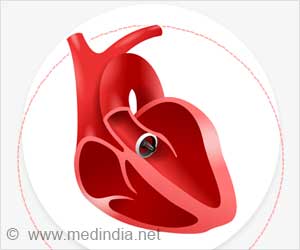A study in the January 12 issue of JAMA has found that use of a radial artery graft compared with a saphenous vein graft for coronary artery bypass grafting did not result in improved patency

Steven Goldman, M.D., of the Southern Arizona VA Health Care System and the University of Arizona Sarver Heart Center, Tucson, and colleagues compared 1-year angiographic patency of radial artery grafts vs. saphenous vein grafts in 757 participants (99 percent men) undergoing elective first-time CABG. The randomized controlled trial was conducted from February 2003 to February 2009 at 11 Veterans Affairs medical centers. The left internal mammary artery was used to preferentially graft the left anterior descending coronary artery whenever possible; the best remaining recipient vessel was randomized to radial artery vs. saphenous vein graft. The primary outcome measured was angiographic graft patency at 1 year after CABG. Secondary outcomes included angiographic graft patency at 1 week after CABG, heart attack, stroke, repeat revascularization and death.
The analysis included 733 patients (366 in the radial artery group, 367 in the saphenous vein group). The researchers found that there was no significant difference in 1-year graft patency between radial artery (238/266; 89 percent) and saphenous vein grafts (239/269; 89 percent). Also, there was no significant difference in 1-week patency between patients who received radial artery grafts (285/288; 99 percent) vs. saphenous vein grafts (260/267; 97 percent), or in the other secondary outcomes. There was no difference in the number and types of adverse events, including serious adverse events.
"Although most clinicians assume that compared with vein grafts, arterial grafts have an improved patency rate, there are little multi-institutional prospective data on radial artery graft vs. saphenous vein graft patency," the authors write.
Because the important question is long-term patency, the researchers note that there will be a 5-year angiographic follow-up of these patients to define chronic graft patency in this population.
Advertisement












